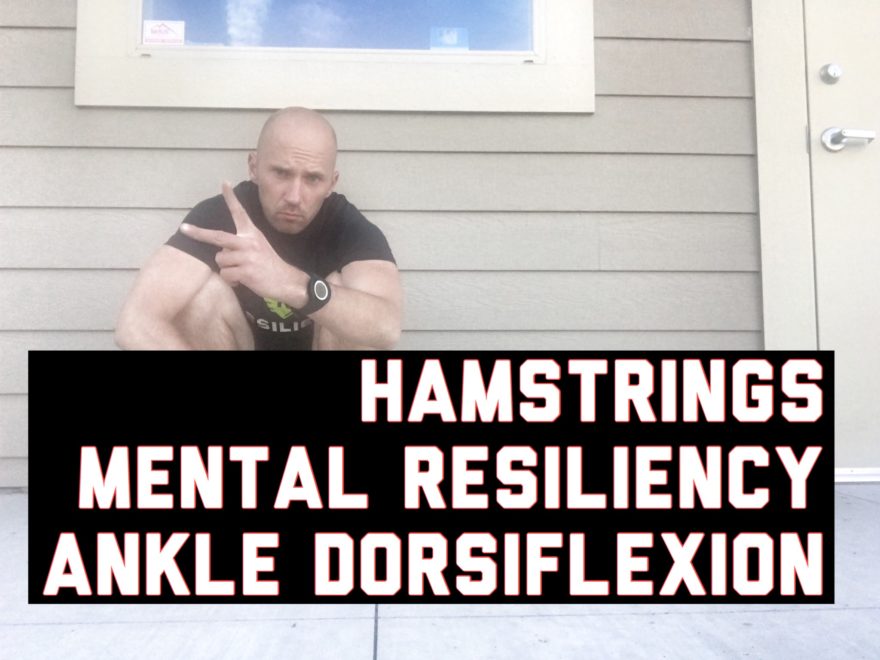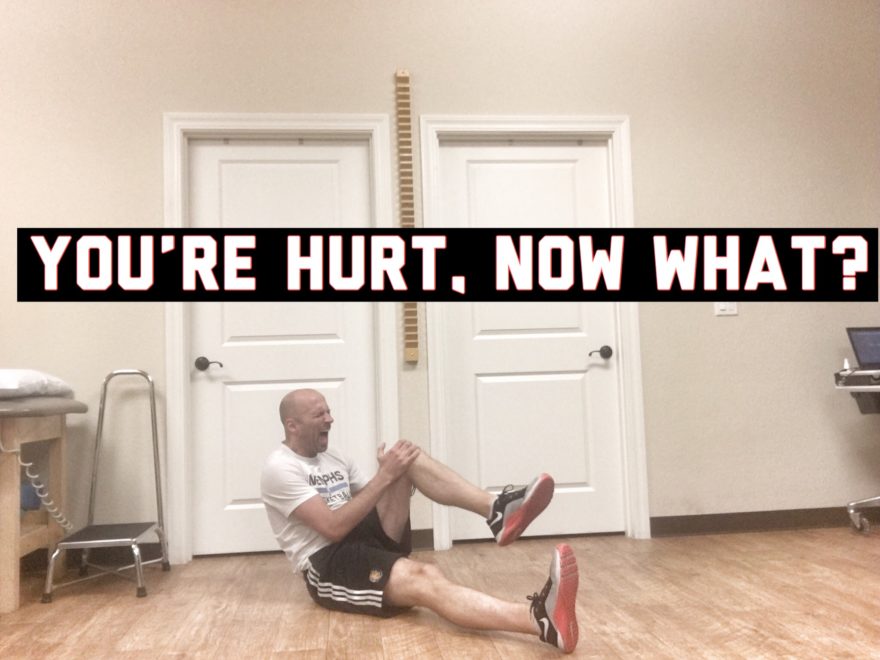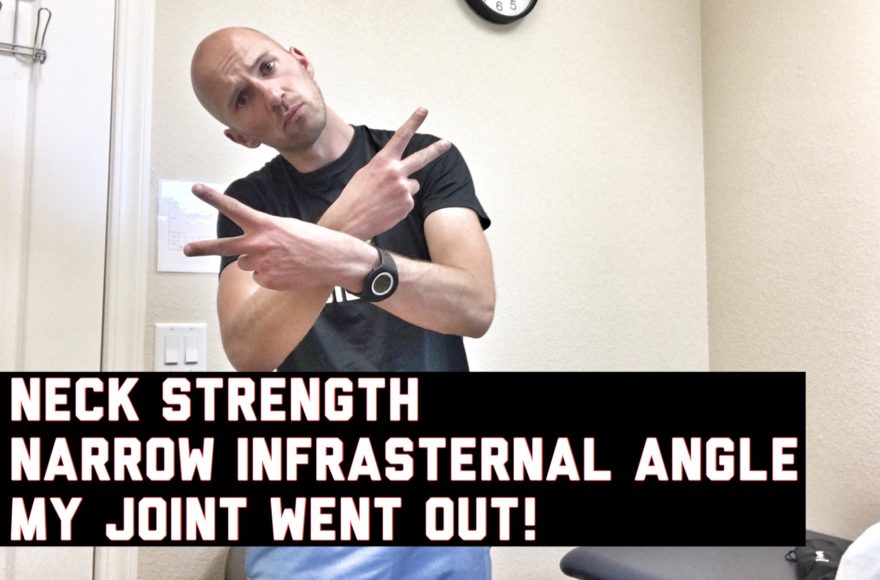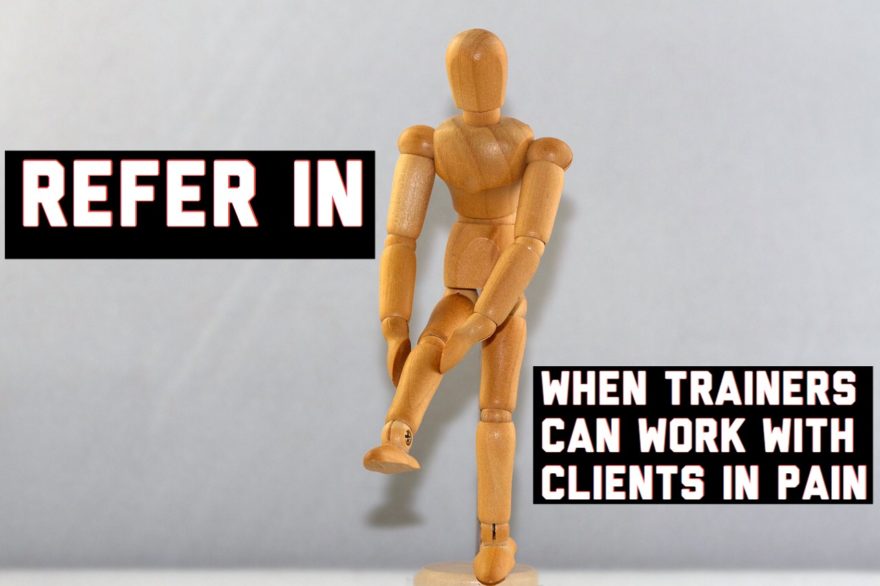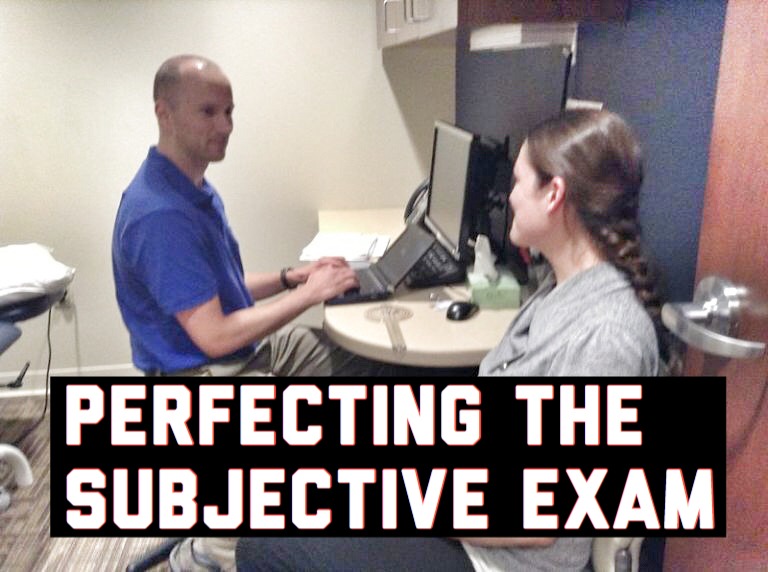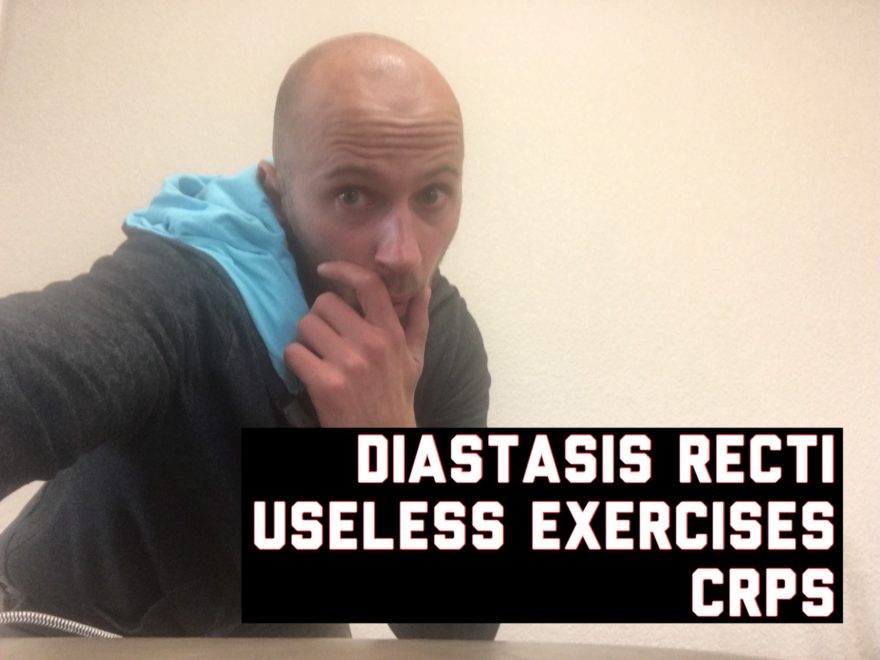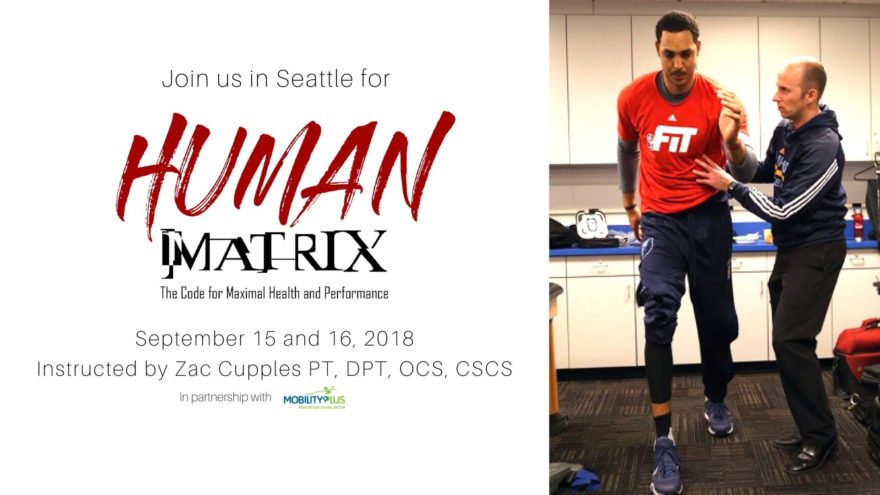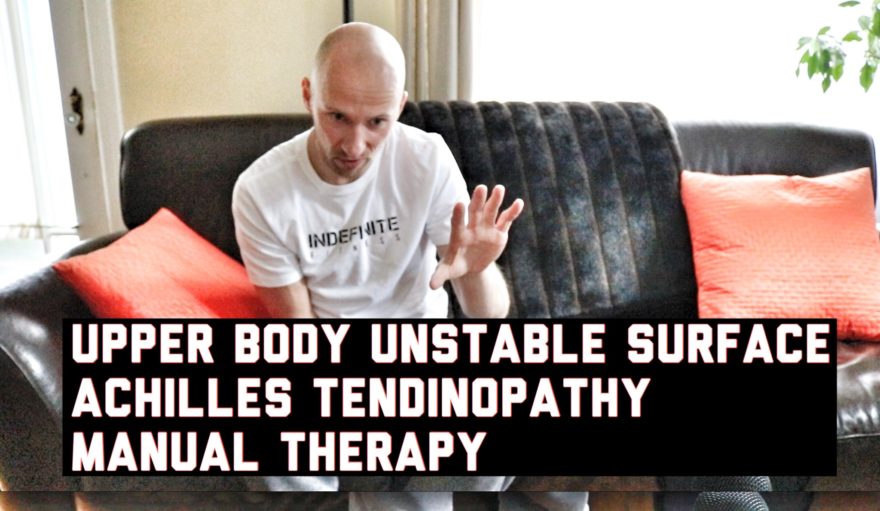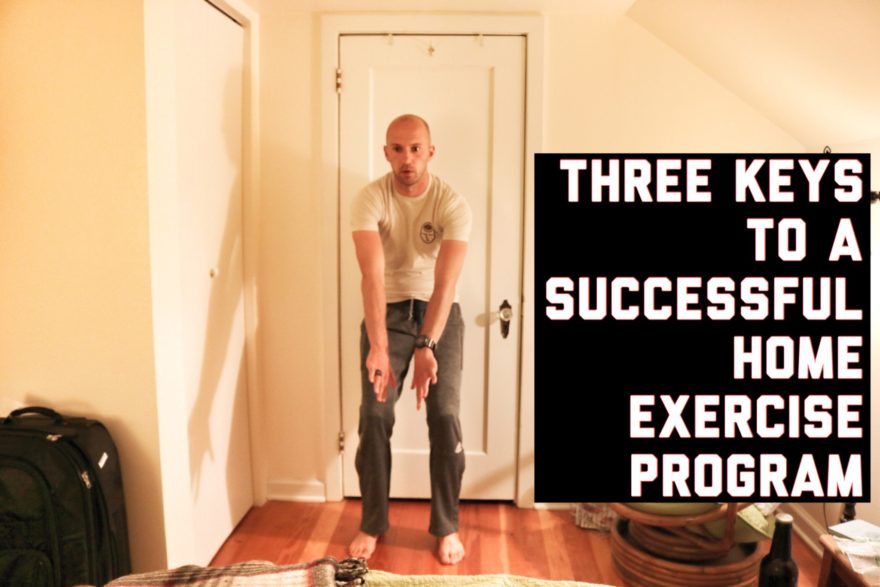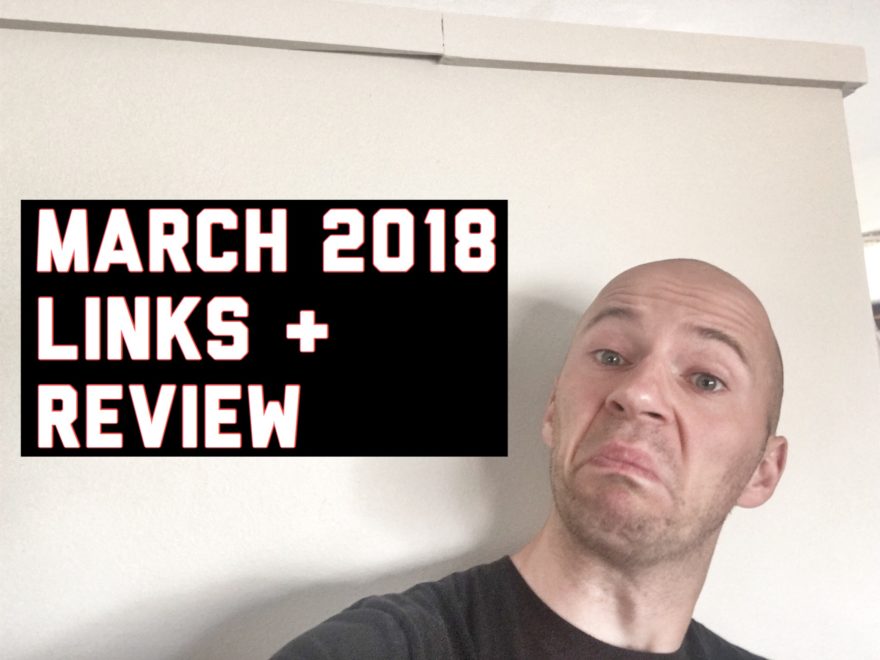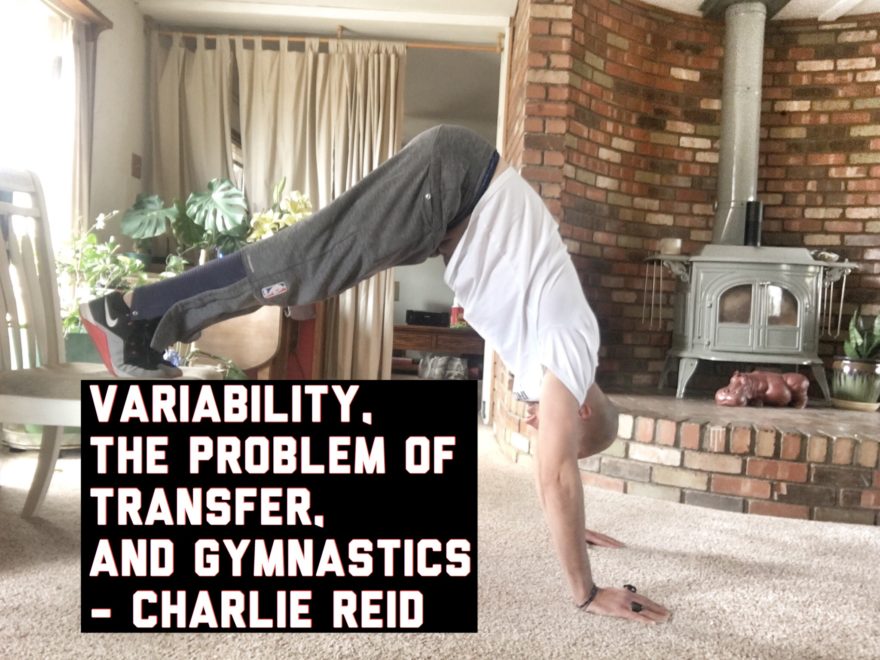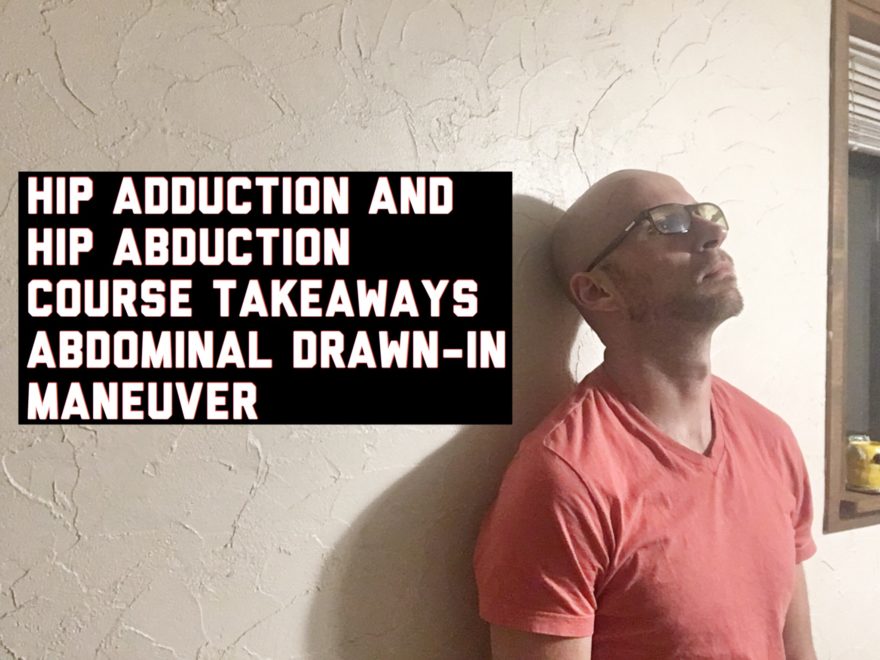Movement Debrief Episode 47 is in the books. Below is a copy of the video for your viewing pleasure, and audio if you can’t stand looking at me. Here is the set list: Do the hamstrings play a role with respiration? How does one train hamstrings? Can respiratory training improve mental resiliency and decision-making? How else can one improve decision-making in high stress environments? How do I approach improving ankle dorsiflexion? If you want to watch these live, add me on Facebook or Instagram.They air every Wednesday at 7pm CST. Enjoy! and the audio version… Here were the links I mentioned: Sign-up for the Human Matrix September 15-16th here Here is a link to the Complete Anatomy app Derek Hansen seminar course notes Derek Hansen Extreme Ownership The toe touch to the squat for narrow infrasternal angles The sink squat for wide infrasternal angles The counterweight squat as a terminal progression The Squatting Bar Reach: A Movement Deep Dive The Ultimate Guide to Treating Ankle Sprains Here’s a signup for my newsletter to get nearly 3 hours and 50 pages of content, a free acute:chronic workload calculator, basketball conditioning program, podcasts, and weekend learning goodies: [yikes-mailchimp form=”1″ submit=”Get learning goodies and more”] Hamstrings Mental Resiliency Ankle Dorsiflexion
Read More